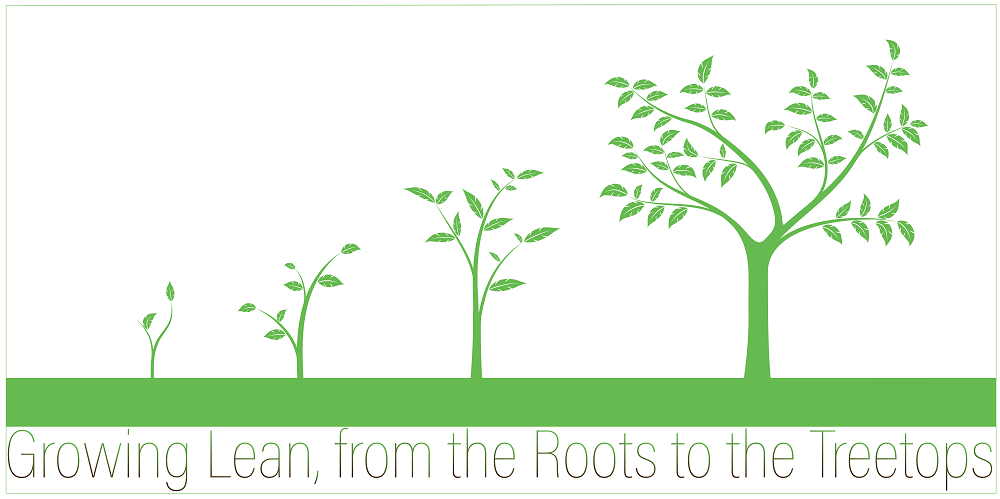Event Title
Track A - Push Pull Methodology - Active Learning Session
Start Date
20-5-2019 1:00 PM
End Date
20-5-2019 1:50 PM
Description
Find out how the push-pull methodology (also known as Just In Time or Made to Order) not only is used in industry, but can also be used to improve service departments. Do you think this methodology can be applied to parts or equipment ordering, food service, accounts payable, and consumables? You will leave this interactive session understanding the push-pull methodology, when it can be applied, and the process for implementation. We will also go through several examples in many areas of business to see how you can reduce waste and cost by improving the process.
Track A - Push Pull Methodology - Active Learning Session
Find out how the push-pull methodology (also known as Just In Time or Made to Order) not only is used in industry, but can also be used to improve service departments. Do you think this methodology can be applied to parts or equipment ordering, food service, accounts payable, and consumables? You will leave this interactive session understanding the push-pull methodology, when it can be applied, and the process for implementation. We will also go through several examples in many areas of business to see how you can reduce waste and cost by improving the process.


Comments
About the Presenter:
Teresa graduated with her BSCE from Michigan Technological University in ‘98’ and her MSCE from Bradley University in 2000. Teresa has served on the CEEPAC board for five years and the MET board for 2 years. She was inducted into the Presidential Council of Alumni in 2014 and was awarded the Outstanding Young Alumni Award in 2010. Teresa has held positions as Executive VP of Operations, Divisional Product Support Manager, Master Black Belt, and Director of Continuous Improvement.
Most of her career she worked for Caterpillar Inc., but due to dual careers she has worked for other organizations as their family relocated. Teresa has worked projects ranging from Purchasing to Operations, and the project savings ranged from $25K to $52M annually.